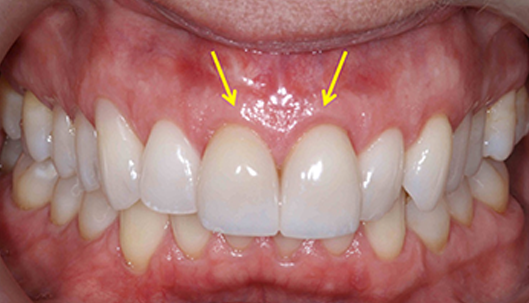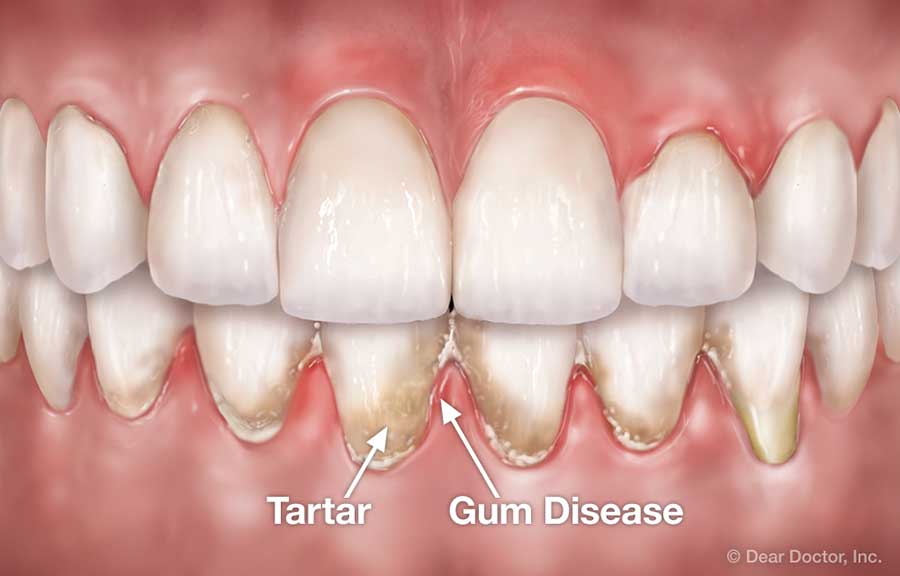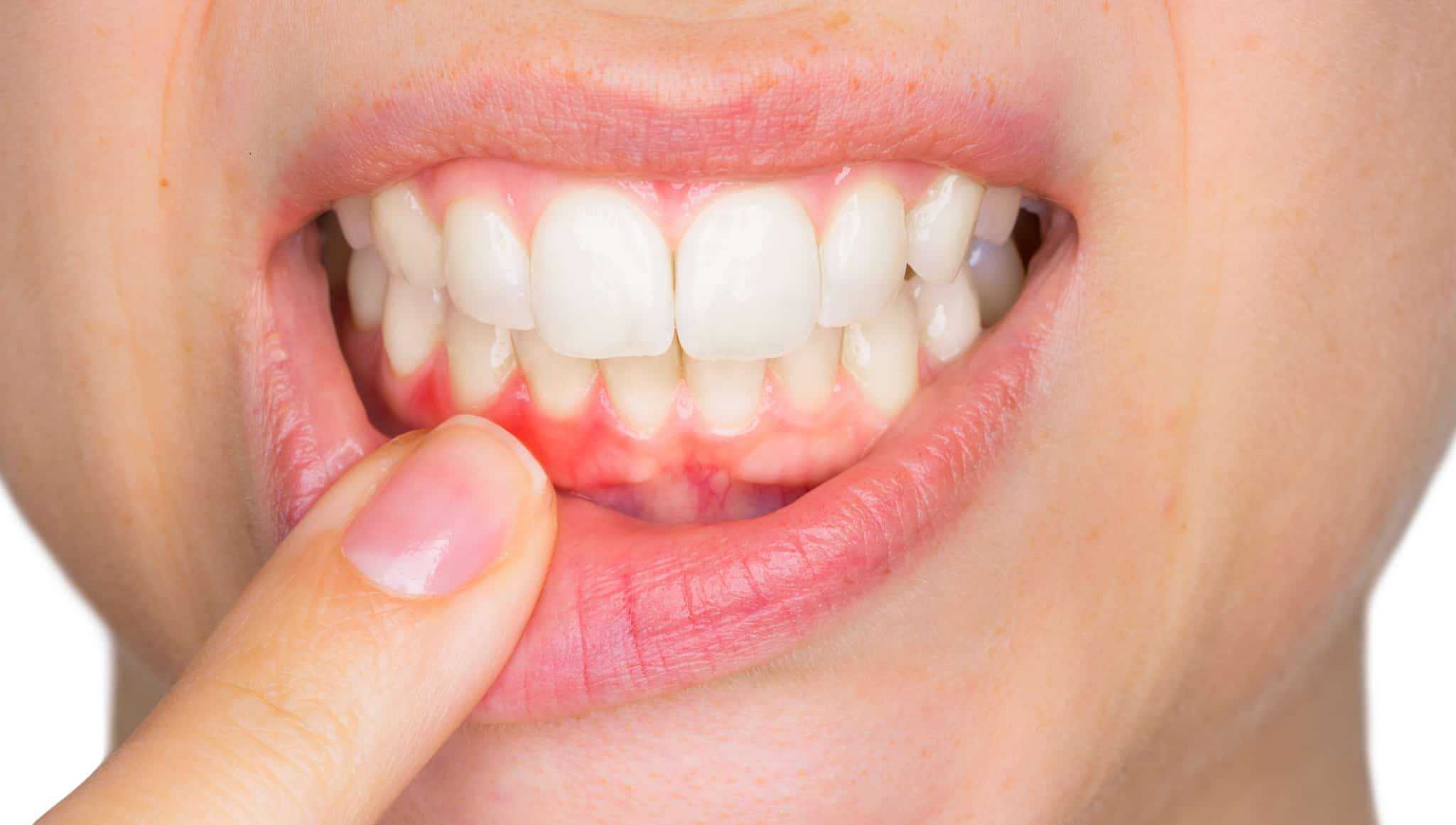GUM SURGERY
Many a time, while talking about brushing our teeth, we often forget about our Gums. Bleeding gum treatment in Pune Camp can help you take care of your gums.
What is Gum Disease?
Gum disease or Periodontal disease refers to inflammation of the soft tissue and abnormal loss of bone that surrounds the teeth and holds them in place. Gum disease is the second most common cause of toothache.
What are the causes of gum disease?
Several factors can cause gum disease, out of which poor oral hygiene is the most common one. Poor oral hygiene leads to plaque, tartar that accumulates over time along the gum line. This plaque is a mixture of food, saliva, and bacteria that harms the gums.
What are the symptoms of gum disease?
The very first symptom of gum disease is bleeding gums. Pain is a symptom of more advanced gum disease, as the loss of bone around the teeth leads causes gum pockets to form. Bacteria in these pockets cause gum infection, swelling, pain, and further bone destruction. Advanced gum disease can cause loss of otherwise healthy teeth.
What are the types of Gum diseases?
Gingivitis is the mildest form of periodontal disease. It causes the gums to become red, swollen, and bleed easily. There might be little or no discomfort at this stage. Inadequate oral hygiene often causes Gingivitis. Gingivitis is reversible with professional treatment and good oral home care.
Untreated gingivitis can advance to periodontitis. With time, plaque can spread and grow below the gum line. Toxins produced by the bacteria in plaque irritate the gums. The toxins stimulate a chronic inflammatory response in which the body, in essence, turns on itself and the tissues and bone that support the teeth are broken down and destroyed.
What is bleeding gum treatment in Pune Camp?
Bleeding gum treatment in Pune Camp of early gum disease involves oral hygiene and removal of bacterial plaque. Moderate to advanced gum disease usually requires a thorough cleaning of the teeth and teeth roots called “root planing” and “subgingival curettage.” Root planing is the removal of the plaque and tartar (hardened plaque) from exposed teeth roots. Subgingival curettage refers to the removal of the surface of the inflamed layer of gum tissue. Both the procedures use local anesthesia, and oral antibiotics might be given to overcome gum infection or abscess. Follow-up gum treatment may include various types of gum surgeries. In advanced gum disease with significant bone destruction and loosening of teeth, teeth splinting or teeth extractions may be necessary.
What are the indications to visit the dentist?
- gums that bleed when you brush your teeth
- red, swollen, or tender gums
- gums that have pulled away from the teeth
- bad breath that doesn’t go away
- pus between your teeth and gums
- loose teeth
- a change in the way your teeth fit together when you bite
- a change in the fit of partial denture





